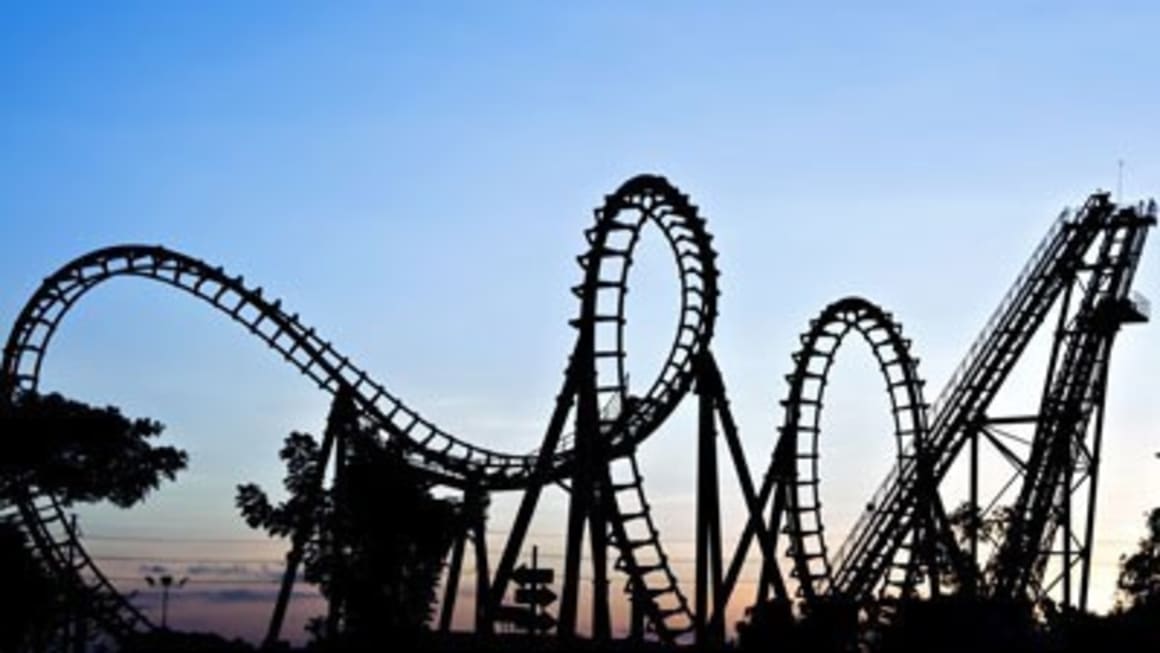Winners and losers on the interest rate rollercoaster: Fixed and variable rates since 2007

Currently around 20% of borrowers choose a fixed-rate home loan, according to Mortgage Choice, with a three-year fixed rate the most popular fixed-rate product.
However, as the chart below prepared by RateCity.com.au shows, timing is key when fixing.
Borrowers who fixed around September 2008, when the average three-year fixed rate was 8.75% and just before the RBA began drastically cutting the cash rate, would have had to endure three years of substantially higher mortgage repayment than those who chose a variable-rate mortgage.
Even those who took out just a one-year fixed rate would have felt mortgage pain.
The standard variable rate was 9.61% in September 2008 but dropped to 5.75% by May 2009 and was well below 8% over the three-year period.

The chart also shows how the gap between fixed and variable rates has widened since the federal government introduced its ban on exit fees on variable rate mortgages.
“The major banks’ three-year fixed home loans have followed generally followed their standard variable rates quite closely over the past five years," says Michelle Hutchison, spokesperson at financial comparison website RateCity.com.au.
"But since 2011, we’ve seen three-year fixed rates start to fall lower than the banks’ standard variable rates. It’s unusual to see fixed rates so much lower than standard variable rates, but several factors have resulted in lenders making their fixed rates more attractive.
"One of the reasons was banking reforms banned exit fees on variable home loans from July 1, 2011, making fixed loans a more secure investment for lenders.”